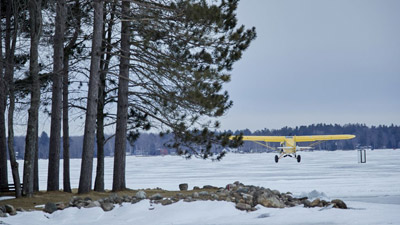|
A LOOK BACK
|
 |
| The news that affected flight schools |
| The pilot shortage—which some in the industry insist is not a shortage, but simply a response to years of inadequate wages at the lower tiers of commercial aviation—continued to be both a boon and a challenge for flight schools in 2019. Southwest Airlines joined a growing list of major airlines that have instituted an ab initio program to feed its pilot pipeline. The airlines remain resistant to the idea that they should pay for this type of training; typically cadets are required to bear that financial burden.
Electric aviation inched closer to a place in the future training market. Meanwhile, new production trainers and light sport aircraft, from companies you know—Cirrus, Piper—and others you might not, hit the stage.
The aviation industry saw a few bumps along the road. Sebring, Florida, canceled its U.S. Sport Aviation Expo. Redbird shuttered its innovative fixed-base operator Skyport, and founder Jerry Gregoire blasted the industry in a farewell message. Mooney International closed its Texas facility in November and then re-opened it in December, adding yet another odd chapter to this company's history. Finally, pilots' increasing love of all things digital had an impact on the long-running sales sheet Trade-a-Plane, which ceased its paper publication; and, to the surprise of absolutely no one, an FAA report found that more pilots are going online for weather briefings than ever before.
On the government side, former Delta Air Lines executive Steve Dickson was sworn in as the new FAA administrator. The Trump administration canceled private aircraft flights to Cuba. The FAA finalized new ATP standards, and the agency also ordered a review of the designated pilot examiner system, with recommendations to be made within a year.
|
|
|